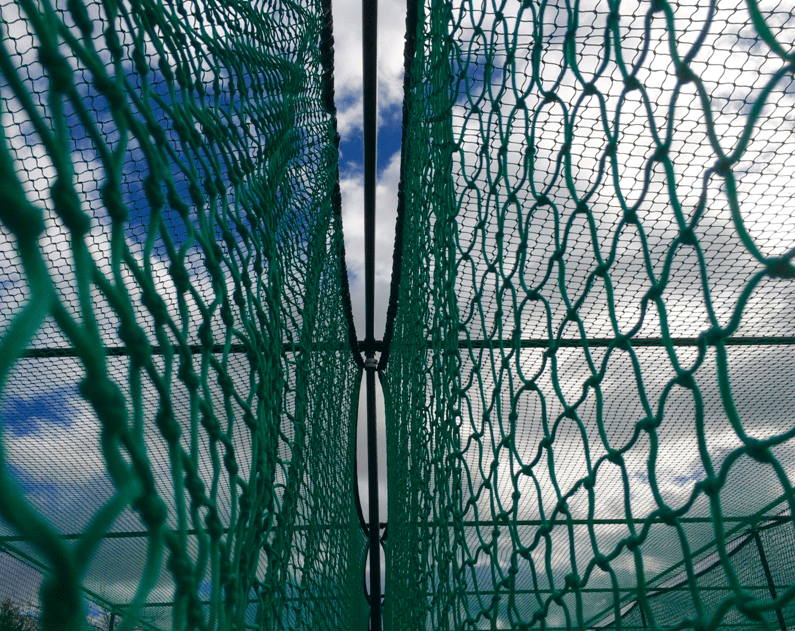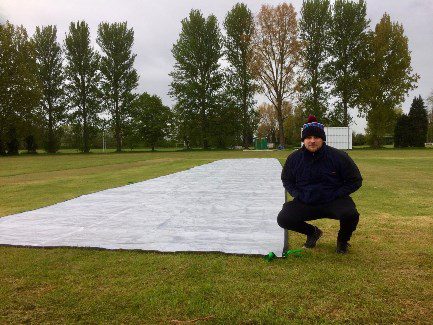
Cricket ground covers: more than a quick-fix
26th November 2016
Our MD David Bates looked at how investing in quality solutions can transform cricket pitch ground covers from a ‘quick fix’ during wet weather to a hugely useful part of the groundsman’s armoury in his recent column for The Cricketer Magazine…
The fundamental challenge for the cricket groundsman is to keep the pitch dry – and the grass plant alive. Cricket pitch covers are an essential tool in meeting the first objective but, when it comes to the second, need to be carefully managed – or they can have adverse effects.
Ground covers: horses for courses
There are a range of different types of cover on the market. At ‘entry level’ you will find basic flat sheet rain covers – often constructed from uPVC or PU, these can be laid onto the wicket whilst it rains to prevent it getting too wet. However, as they are not breathable, their use is limited to a few hours immediately before or during match play.
To be in place for longer periods of time – and help with the long-term objective of drying the pitch out – a cover needs to allow air to circulate. Mobile pitch covers that are raised above the surface of the pitch do this and are quick and easy to deploy when rain stops play. However, topography of the ground can lead to limitations in their use. If a ground has a gradient within or across the line of play, or saddling is an issue, water can run down from higher up the ground and pond underneath the raised cover. In this situation, flat sheet covers are preferable as they can be deployed across a greater area of the ground; capturing water on their surface so it doesn’t pool.
State of the art ground cover solutions
To meet this remit, there are flat sheet ground covers on the market designed to be left in place for extended periods. Breathable and allowing light through the surface, they promote rather than inhibit growth and are hugely useful in the long-term cricket pitch preparation.
By alternating the use of mobile and flat sheet covers, meanwhile, you can control how the cricket pitch dries out through evaporation, transpiration and drainage. Combined with an effective rolling programme this results in a surface that gives the desired hardness – and, in turn, performance.
Back to news









